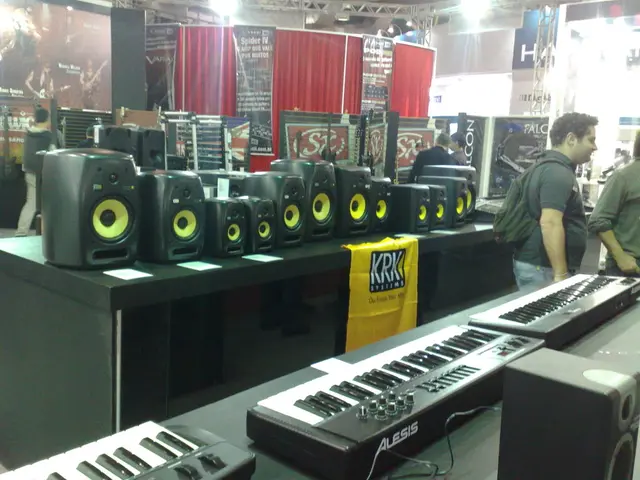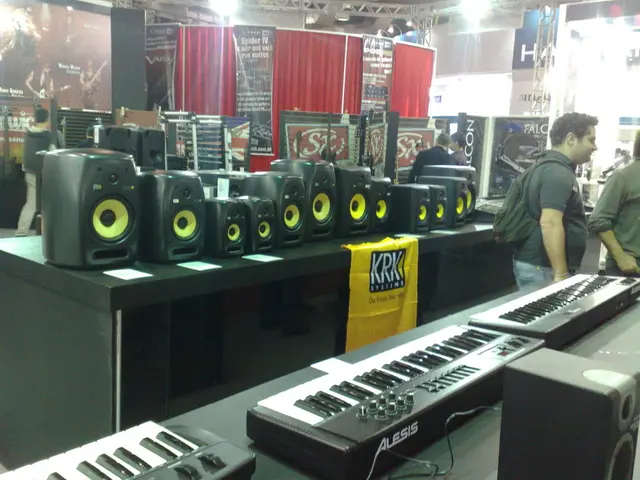Las Vegas's Moulin Rouge: A Lost Gem
The Moulin Rouge, a groundbreaking casino that opened its doors in Las Vegas in 1955, marked the beginning of a significant shift in the city's racial landscape. As the first racially integrated hotel-casino in the city, the Moulin Rouge was a beacon of change during an era of widespread segregation.
Despite its promise, the Moulin Rouge closed only six months after its opening. The precise reasons for its closure remain a subject of debate among historians. Some suggest that financial woes, such as unpaid debts or insolvency by its owners, might have played a role. Others speculate that interference from mob-backed competing casinos could have contributed to its downfall.
Historically, the Moulin Rouge played a pivotal role in changing racial norms in Las Vegas. Partly owned by African American boxing champion Joe Louis, the Moulin Rouge was revolutionary as an integrated casino during a time when such establishments were rare. The casino was the site of a landmark 1960 meeting between the NAACP and city and state leaders, resulting in the Moulin Rouge Agreement. This agreement ended racial discrimination in Las Vegas casinos, real estate, employment, and business licensing.
The Moulin Rouge's legacy acted as a catalyst for the racial integration of the Las Vegas Strip five years after its closure. However, it's important to note that the casino didn't put an end to racial discrimination in the city. It wasn't until March 1960 that casino bosses agreed to allow African-Americans to patronize their establishments and hold public-facing positions in them.
The building that housed the Moulin Rouge stood for another 48 years, serving as a motel, a public-housing apartment complex, and finally, a flophouse. Despite being recognized as a historic site in 1992, the casino building was gutted by three fires in 2003, 2009, and 2017. Today, nothing but the skeleton of its roadside sign remains, and the building's famous neon now burns on permanent display at the Neon Museum.
In summary:
- The Moulin Rouge opened in 1955 as the first racially integrated hotel-casino in Las Vegas.
- The casino closed six months after its opening, with reasons for its closure being debated among historians.
- The Moulin Rouge played a pivotal role in changing racial norms in Las Vegas.
- The Moulin Rouge Agreement, a landmark agreement that led to bans on real estate redlining and discrimination in all employment and business licensing, was signed in 1960.
- The Moulin Rouge casino building was demolished, with the last demolition taking place in 2017 after more than 200 homeless persons were found living inside.
For those interested in unearthing more stories from Las Vegas' forgotten history, email [email protected]. To read other entries in the "Lost Vegas" series, click here. If you think you know a good Vegas story lost to history, don't hesitate to share it.
- The Moulin Rouge, a historic casino, was the first racially integrated hotel-casino that opened in Las Vegas in 1955.
- The westside location of the Moulin Rouge marked a significant shift in the city's racial landscape during an era of widespread segregation.
- The casino, partly owned by African-American boxing champion Joe Louis, was a beacon of change for the black history in Las Vegas, hosting a landmark 1960 meeting between the NAACP and city/state leaders.
- The Moulin Rouge Agreement, signed in 1960, ended racial discrimination in Las Vegas casinos, real estate, employment, and business licensing.
- Despite its promise, the Moulin Rouge closed six months after its opening, with reasons for its closure being debated among historians.
- Sammy Davis Jr., a legendary casino personality, performed at the Moulin Rouge near the end of its life.
- The Moulin Rouge's legacy acted as a catalyst for the racial integration of the Las Vegas Strip five years after its closure, but it didn't put an end to racial discrimination in the city.
- In 2017, the building that housed the Moulin Rouge was demolished, leaving nothing but the skeleton of its roadside sign and its famous neon now on permanent display at the Neon Museum.




